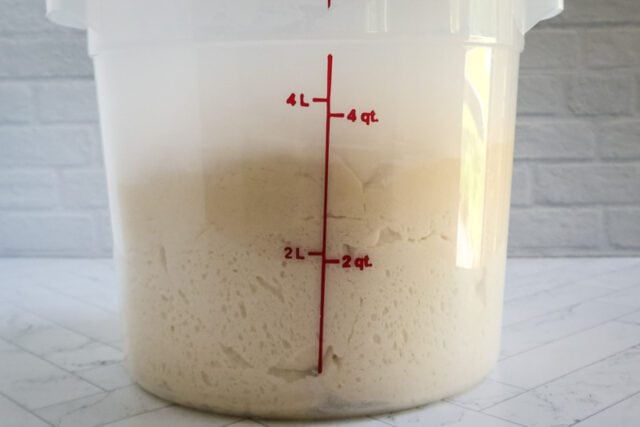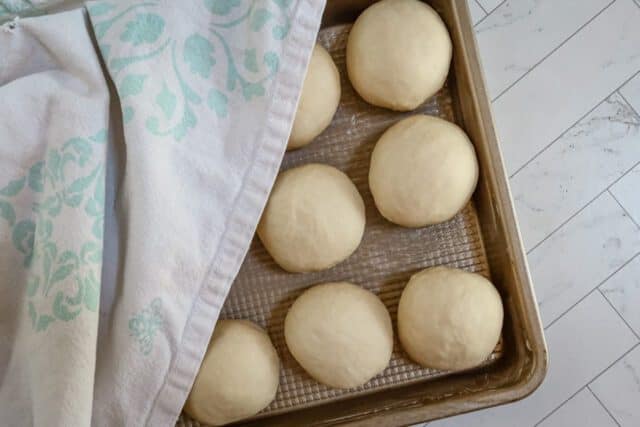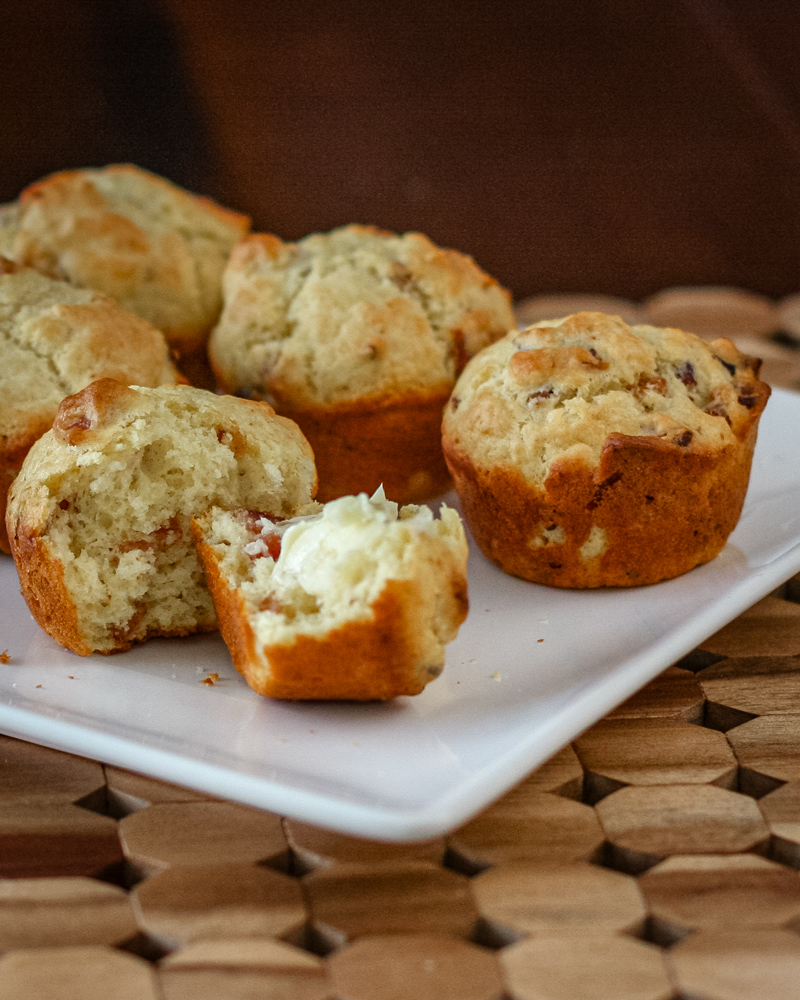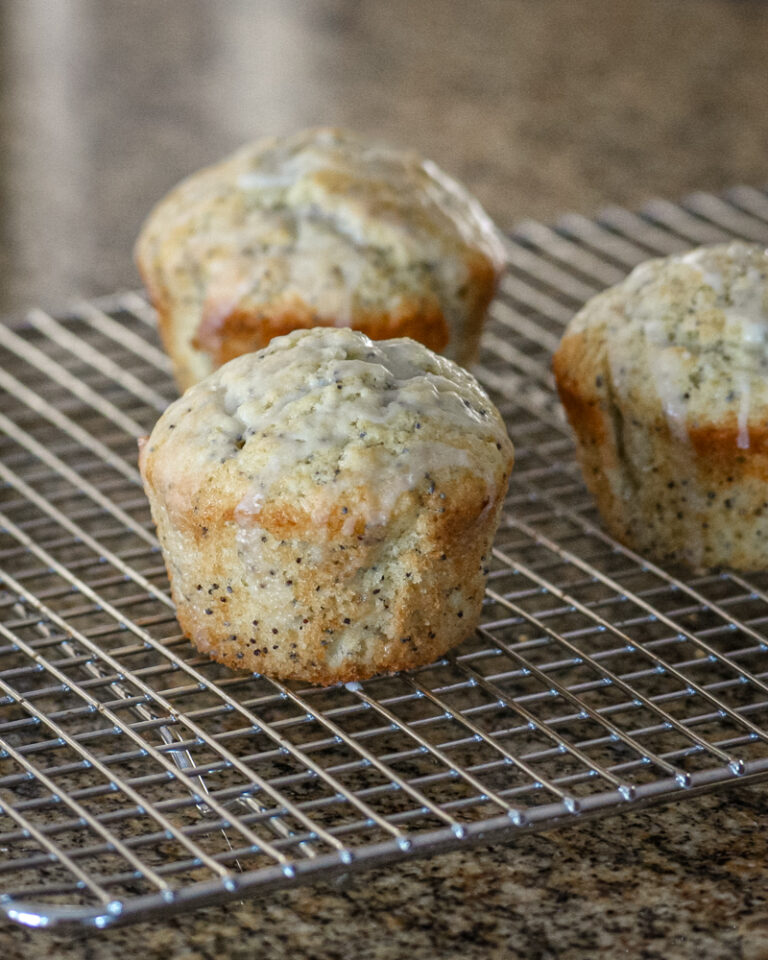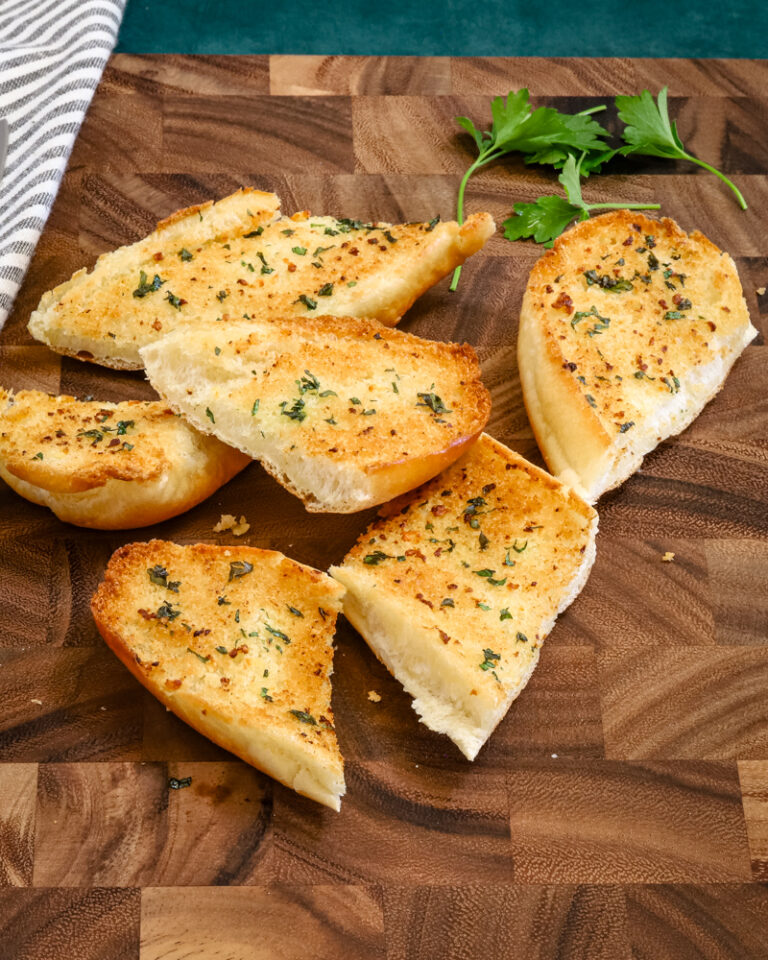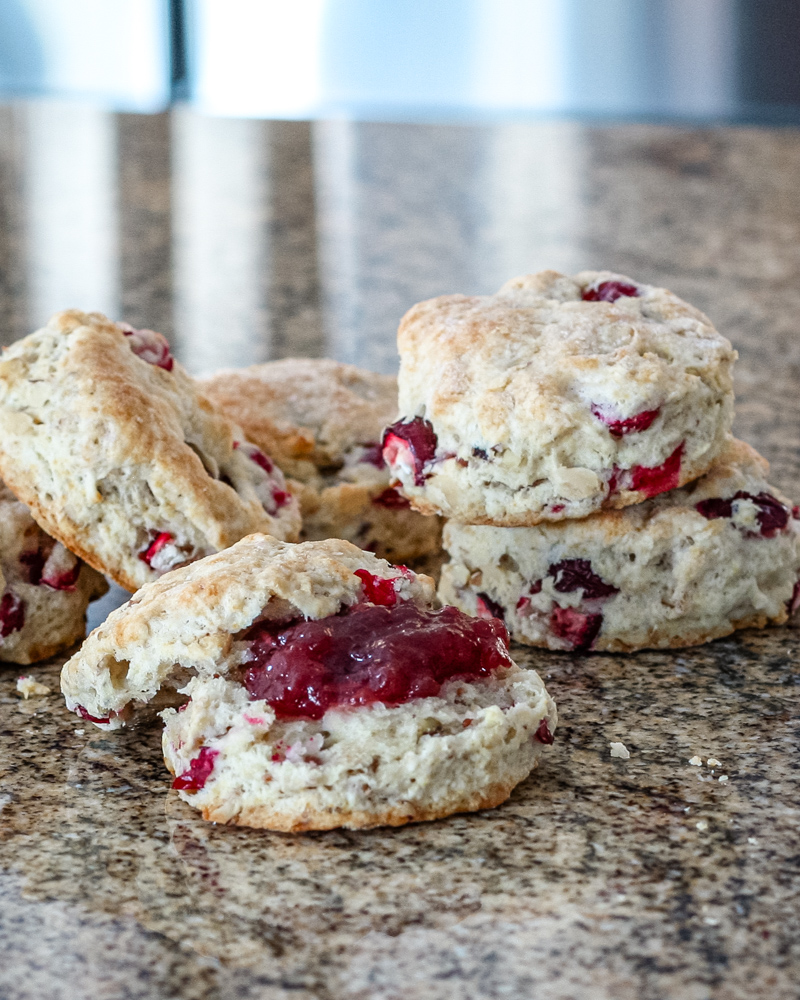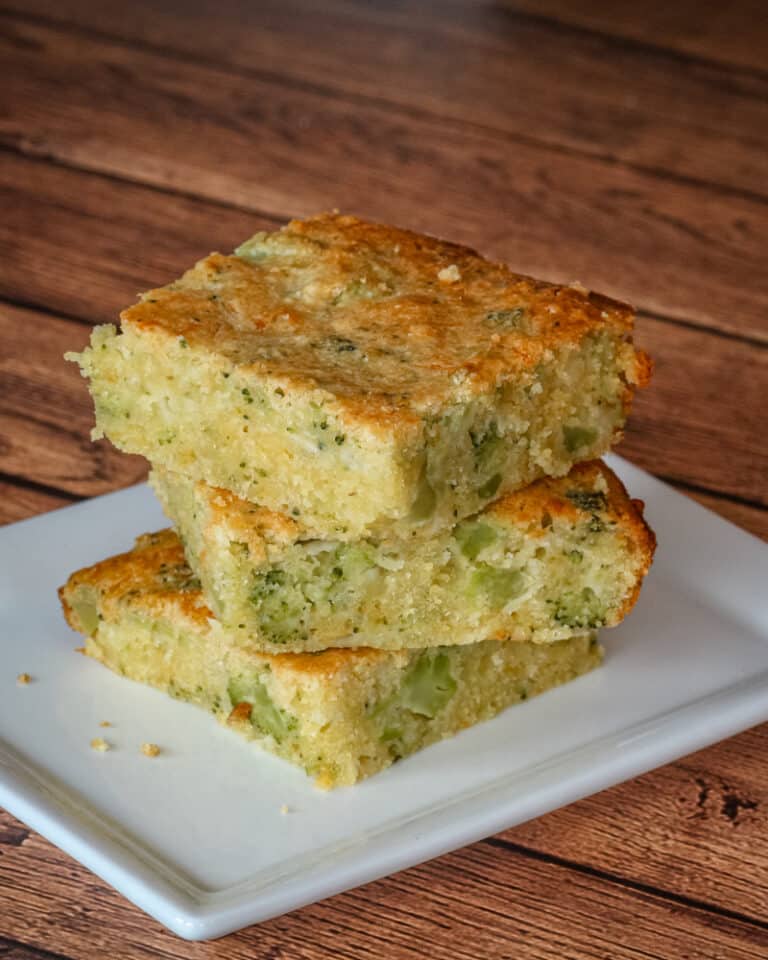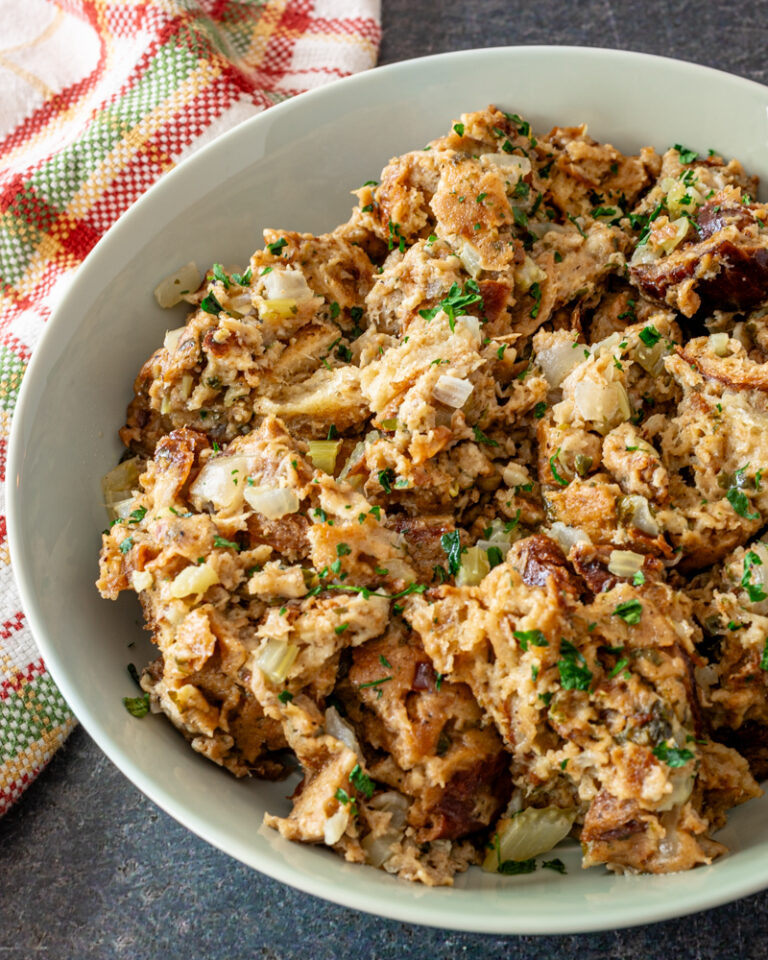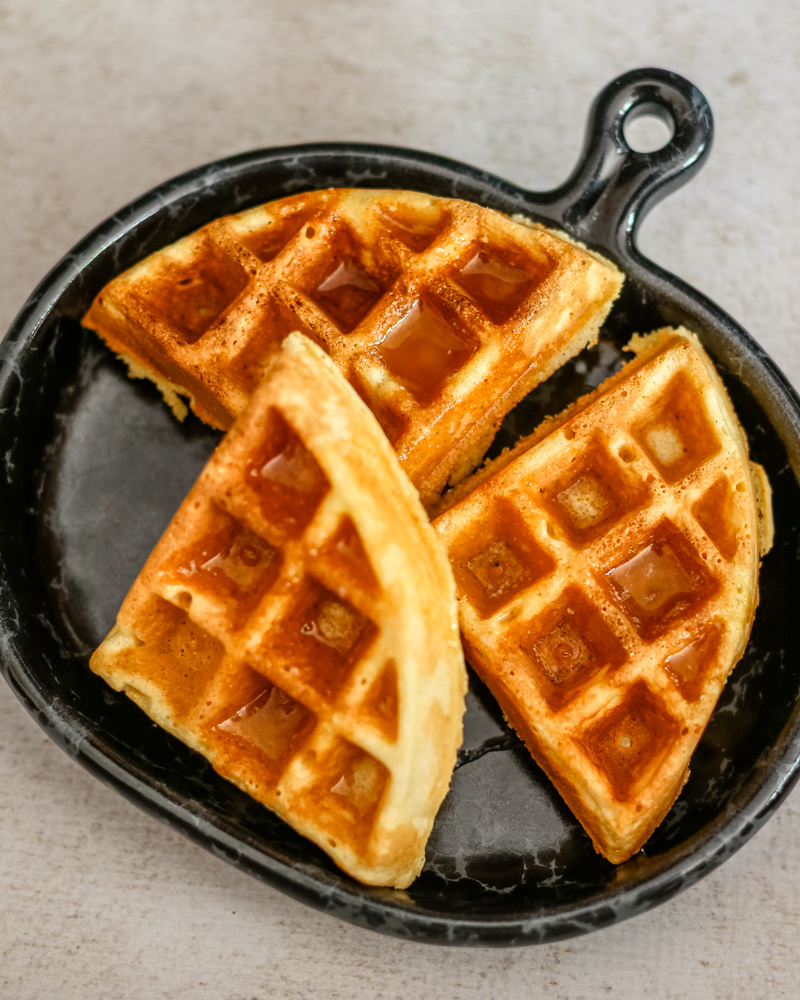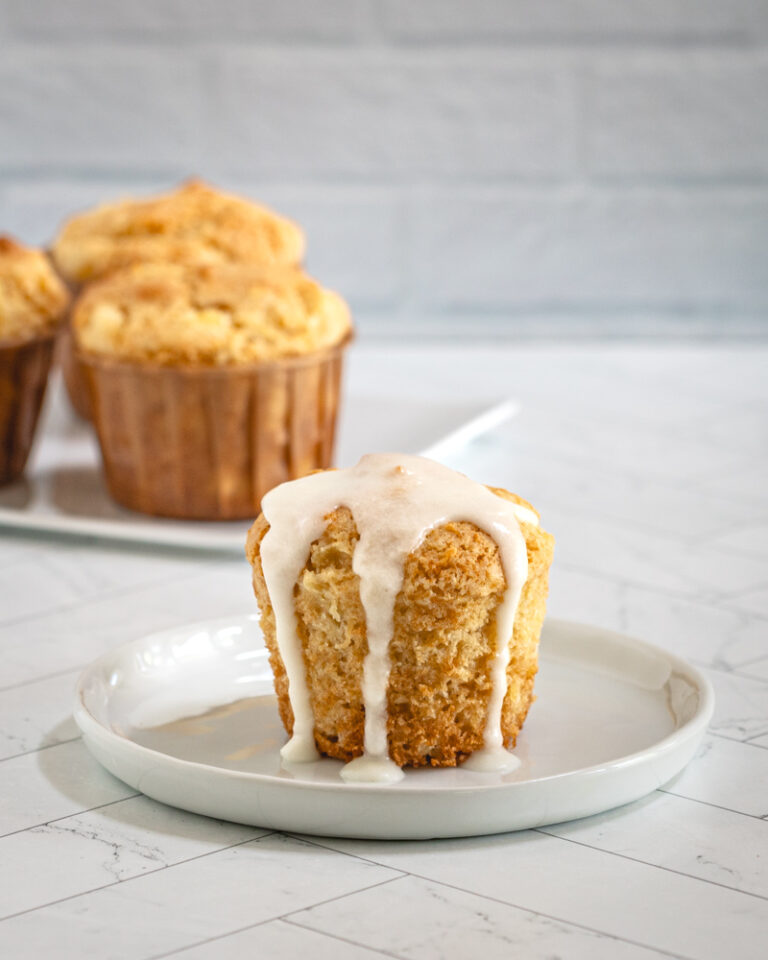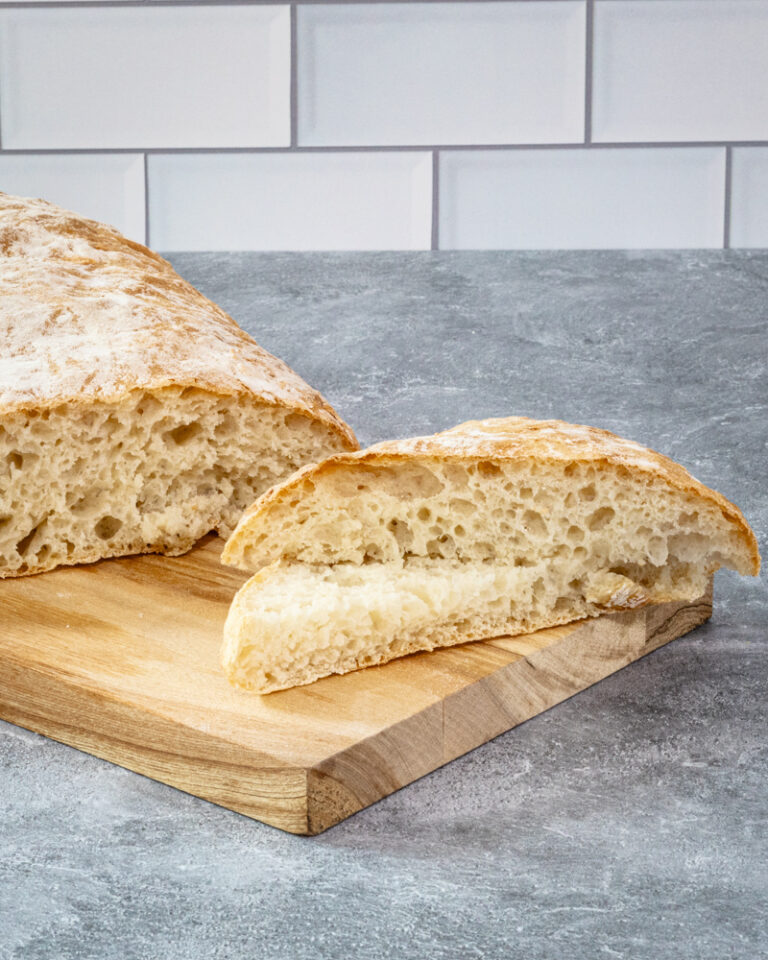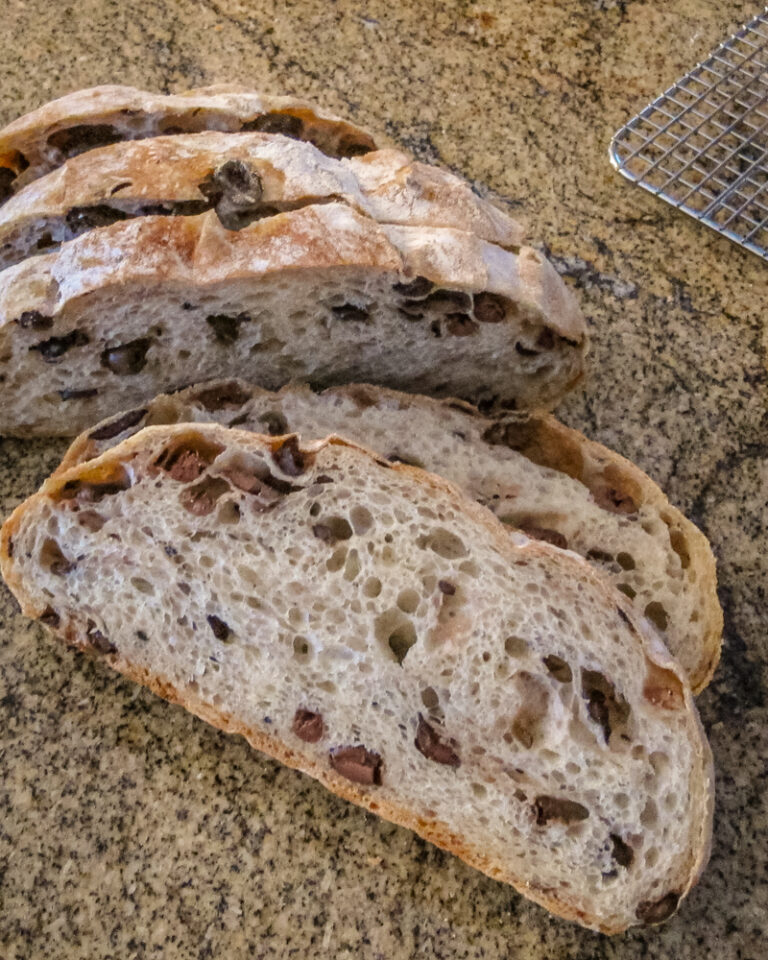Homemade Dinner Rolls
Soft, fluffy homemade dinner rolls — perfect for everyday meals or holiday gatherings.
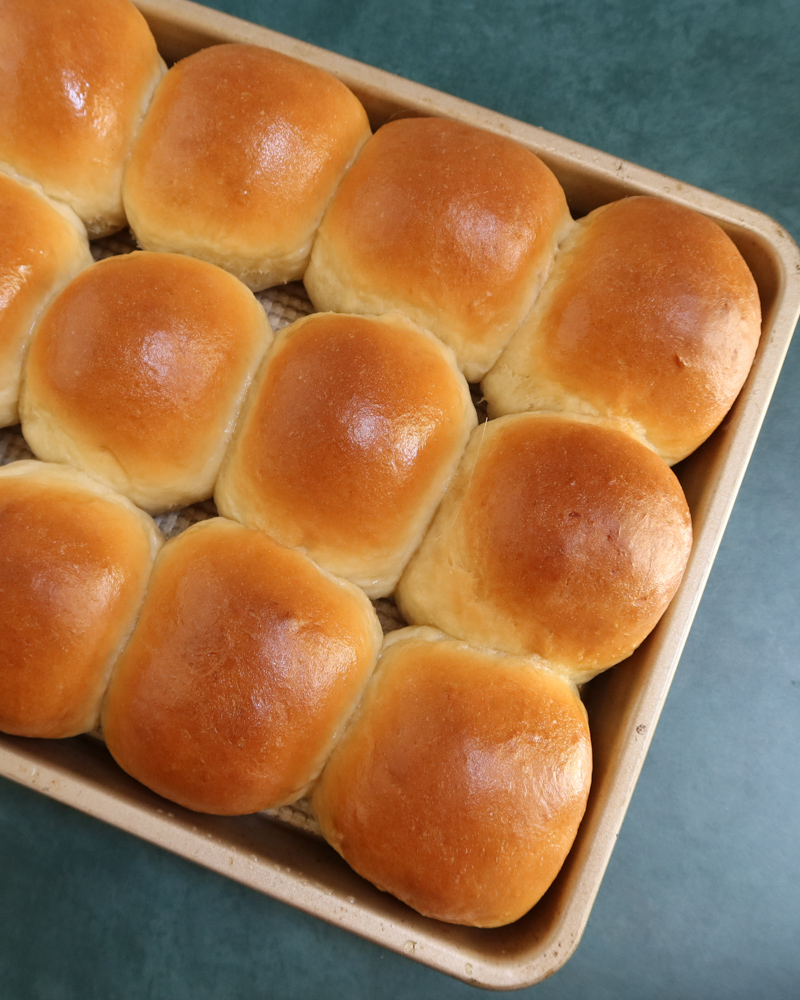
Homemade dinner rolls are soft and fluffy, and these instructions make them easy to make and bake. You only need a little time to let the dinner rolls rise between mixing, shaping, and baking. There’s very little hands-on work required. A stand mixer with a dough hook is best for dinner rolls because you don’t have to add as much flour while kneading. If you knead by hand, try to avoid adding too much extra flour.
What I Love About These Rolls
- Soft, fluffy texture. These rolls have a pillowy interior thanks to a well-hydrated dough and the combination of milk, melted butter, and sugar. They bake into cloud-like rolls that stay tender even after cooling.
- Beginner-friendly yeast method. The warm-water proof, followed by a straightforward dough mixing process, makes this recipe approachable for bakers who may be nervous about using yeast.
- Perfect for any meal. Serve them with soups, stews, roasted meats, or holiday dinners. Their neutral flavor works beautifully with savory or sweet accompaniments.
- Large, shareable batch. With 30 rolls, you’ll have plenty for gatherings, meal prep, or freezing. The dough also scales well if you prefer a smaller or larger batch.
- Customizable shaping options. The dough is soft but sturdy enough for many styles: round rolls, cloverleaf rolls, pull-apart rolls, or even small sandwich buns.
Ingredient Notes
- Warm water – Helps activate the yeast. The temperature range of 105–110°F is warm enough to wake the yeast but not hot enough to kill it.
- Sugar – Feeds the yeast during blooming and adds slight sweetness to the rolls. Dividing it ensures proper activation and balanced flavor later.
- Active dry yeast – Provides the rise and structure. Make sure it foams during the first step; if not, the yeast may be expired or the water too cool.
- Milk – Contributes richness and helps tenderize the dough. Lukewarm milk incorporates easily and prevents chilling the yeast mixture.
- Salt – Balances sweetness and strengthens the dough. Fine sea salt disperses quickly and evenly.
- All-purpose flour – The range allows for adjustments based on humidity and dough texture. Use just enough flour to create a soft, tacky dough that pulls away from the bowl.
- Melted butter – Adds richness and flavor and helps keep the crumb tender. Cool the butter slightly so it doesn’t interfere with yeast activity.
How to Make Dinner Rolls
- Begin by mixing the warm water, a portion of the sugar, and the yeast in the mixer bowl. Allow it to foam, which confirms active yeast and lays the foundation for a strong rise.
- Add the remaining sugar, milk, salt, and most of the flour, then pour in the melted butter. Mixing with a dough hook incorporates the ingredients evenly while developing gluten for structure.
- Add additional flour as needed to create a soft dough that is tacky but not overly sticky. Continue kneading until the dough becomes smooth and elastic.
- Transfer the dough to a buttered container for the first rise. Letting it double in size builds flavor and allows the gluten to relax for easier shaping.
- Punch down the dough, divide it into 30 portions, and shape each piece into a smooth ball. Proper shaping helps the rolls bake evenly with rounded tops.
- Place the rolls on prepared baking sheets, cover lightly, and allow them to rise again until puffy. This second rise ensures a light, airy texture.
- Bake the rolls until golden brown with an internal temperature near 190°F. Cool slightly before serving so the crumb can set.
Pro Tips
- Use visual cues while adding flour; humidity affects the dough, so rely on texture rather than exact measurements.
- Grease your hands lightly when shaping rolls to prevent sticking and to create smoother surfaces.
- Rise in a warm area for steady fermentation. A draft-free space or an oven with the light on works well.
- Keep rolls uniform in size so they bake evenly and finish at the same time.
- Brush with butter after baking for a softer crust and added flavor, especially if serving warm.
Recipe Variations
- Honey-butter rolls. Replace some of the sugar with honey and brush the finished rolls with warm honey butter for a glossy, lightly sweet finish.
- Garlic-herb dinner rolls. Add garlic powder, dried herbs, or minced fresh herbs to the dough for a savory twist ideal for Italian or Mediterranean meals.
- Whole-wheat blend rolls. Swap in up to one-third whole-wheat flour. Increase the milk slightly to maintain the dough’s softness.
- Pull-apart pan rolls. Arrange the shaped rolls snugly in a buttered baking dish to create soft-sided pull-apart rolls.
- Mini sandwich rolls. Shape the dough into larger balls and bake fewer rolls for sliders or small sandwiches.
What to Serve With Homemade Dinner Rolls
- Stuffed Pepper Soup
- Instant Pot Carbonnade
- Brunswick Stew (Slow Cooker or Stovetop)
- Slow Cooker Kielbasa, Cabbage, and Apples
- Slow Cooker Lentil Soup
- Classic Chicken and Rice Soup
- Slow Cooker North Carolina Pulled Pork
- Slow Cooker Pulled Smoked Pork
How to Store
- Refrigerate leftover rolls in an airtight container for up to 5 days. Warming them briefly before serving restores their softness.
- Freeze baked rolls tightly wrapped or stored in freezer bags. They keep well for up to 3 months and thaw quickly at room temperature.
- Reheat in a low oven until warmed through. Covering them lightly with foil helps retain moisture and keeps the tops from overbrowning.
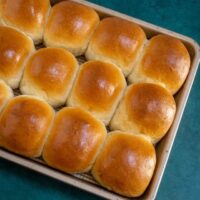
Homemade Dinner Rolls
Ingredients
- 1 cup warm water, (8 ounces), 105 F to 110 F
- 1/4 cup granulated sugar, divided
- 2 tablespoons active dry yeast
- 1 1/2 cups milk, lukewarm ,12 ounces
- 1 tablespoon fine sea salt
- 6 1/2 to 7 1/2 cups all-purpose flour
- 6 tablespoons butter, melted and cooled
Instructions
- In the bowl of a stand mixer, combine the warm water, 2 tablespoons of the sugar, and the yeast. Let it stand for 10 minutes, until it is foamy. Add the milk, remaining sugar, salt, and 6 1/2 cups of flour to the mixing bowl, then drizzle with the butter. Mix with the dough hook, adding more flour as needed. The dough should be soft and slightly tacky but not overly sticky. Knead with the machine for about 8 minutes.
- Transfer the dough to a large buttered container and let it rise at room temperature for 45 minutes or until doubled.
- Punch the dough down and shape it into 30 uniform rolls. Place them on lightly greased or parchment paper-lined baking sheets, leaving about 1/2-inch between them. Cover with a lightweight kitchen cloth or plastic wrap and let it rise for 25 to 30 minutes.
- Meanwhile, preheat the oven to 350°F.
- Bake the dinner rolls for 20 to 25 minutes or until golden brown. They should register about 190°F on an instant-read thermometer inserted into the center of a roll.
- Enjoy!
Nutrition
Disclaimer:
Our nutritional information is based on a third-party application that analyzes the ingredients list to determine the values. The information is meant to be helpful, but should be considered an estimate. Values may differ depending on measurements, brands, serving variations, and database availability.


